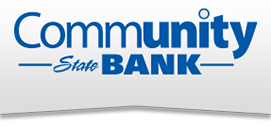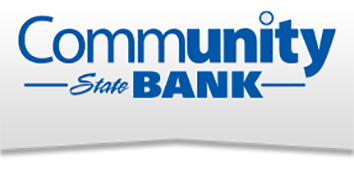Online identity protection means following best practices to help you browse the internet safely and securely.
Be selective about where you surf.
Not all websites are safe. Sites that are engaged in illegal or questionable activities often host damaging software and make users susceptible to aggressive computer attacks.
Use a secure browser.
Always use secure web pages when you’re conducting transactions online (a web page is secure if there is a locked padlock in the lower left-hand corner of your browser).
Select a strong password.
Never use birth dates, first names, pet names, addresses, phone numbers, or Social Security numbers as your password. Instead, use a combination of letters, numbers, and symbols. Be sure to change your passwords regularly.
Don’t choose “Remember My Password.”
You should never use the “remember password” feature for online banking or transactional websites.
Don’t use public computers for sensitive transactions.
Similarly, do not use your personal computer to transact via a public/unsecure Wi-Fi connection.



